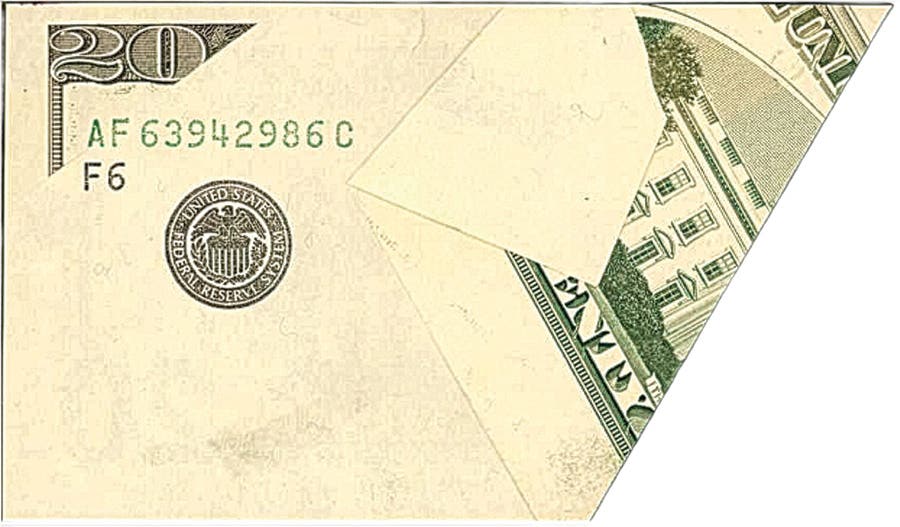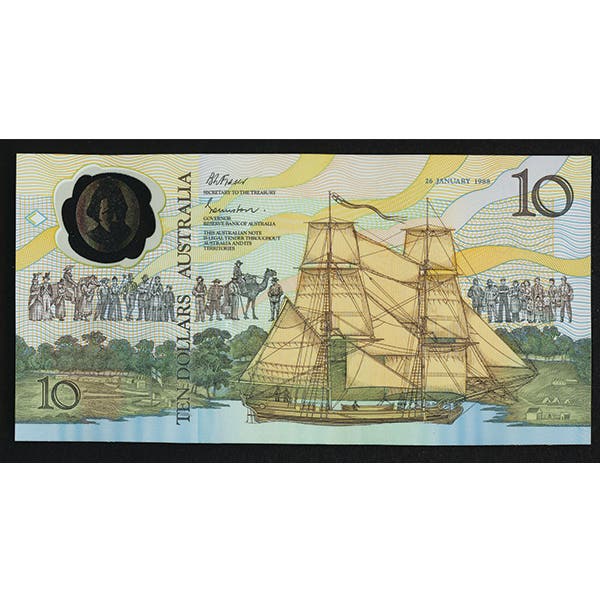Tracking bank titles in Pittsburgh a headache
By Peter Huntoon Tracking bank titles in Pittsburgh gives everyone a headache. Prepare for yours. I’ll strip this down to its essence. The Second National Bank of Pittsburgh (252) was…
By Peter Huntoon
Tracking bank titles in Pittsburgh gives everyone a headache. Prepare for yours. I’ll strip this down to its essence.
The Second National Bank of Pittsburgh (252) was chartered in 1864. It and The First National Bank of Pittsburgh (charter 2745—the reorganized successor to charter 48) merged under charter 252 and became The First-Second National Bank of Pittsburgh in 1913. The bank was renamed First National Bank at Pittsburgh in 1918.
The Second National Bank of Allegheny (776), organized in 1865, was annexed by Pittsburgh so the Comptroller of the Currency changed its title to The Second National Bank of Allegheny, Pittsburgh, in 1917. The bankers then went on to formally change their title to The Second National Bank of Pittsburgh in May of 1930. Consequently the title “The Second National Bank of Pittsburgh” was used twice. Charter 252 used it between 1864 and 1913 and charter 776 from 1930 forward.
The Comptroller of the Currency issued a directive in mid-1917 that precluded banks from using titles that previously had been used in the same town by a different bank. Bob Liddell wrote that he believes one primary incentive for implementing this policy was to help sorters to credit redeemed notes to the proper bank because duplicate titles from the same town continually caused confusion at the National Bank Redemption Agency.
Undoubtedly he is correct. He used the case of the two notes shown as an example of a contradiction to the 1917 policy because “The Second National Bank of” title on the Series of 1929 note for charter 776 was adopted in 1930.
The final irony to this tale is that First National Bank at Pittsburgh (252) absorbed The Second National Bank of Pittsburgh (776) in 1931. Did you get all of this?
Liddell’s example spurred me on to determine if there were other duplicated titles where the second was adopted between mid-1917 and the end of the note-issuing period. I found that there were 26 such cases counting Bob’s Pittsburgh example, two of which didn’t issue notes. I could find no discernible pattern that would segregate them into a special class that would cause them to be exceptions. I considered technical factors; especially, if the later bank was a successor to the earlier that also assumed the circulation of the former. For the time being I have concluded that the directive was not enforced uniformly over the 18-year period that it was in effect.
It is important to point out that there were many hundreds of cases where bankers organizing after mid-1917 tweaked their titles to avoid duplication as per the directive, giving rise to the “at “in” omitted “The” titles, etc.
If you want to show off your particular note, send a good quality scan to peterhuntoon@outlook.com.
This article was originally printed in Bank Note Reporter. >> Subscribe today.
More Collecting Resources
• The Standard Catalog of United States Paper Money is the only annual guide that provides complete coverage of U.S. currency with today’s market prices.
• Order the Standard Catalog of World Paper Money, General Issues to learn about circulating paper money from 14th century China to the mid 20th century.









